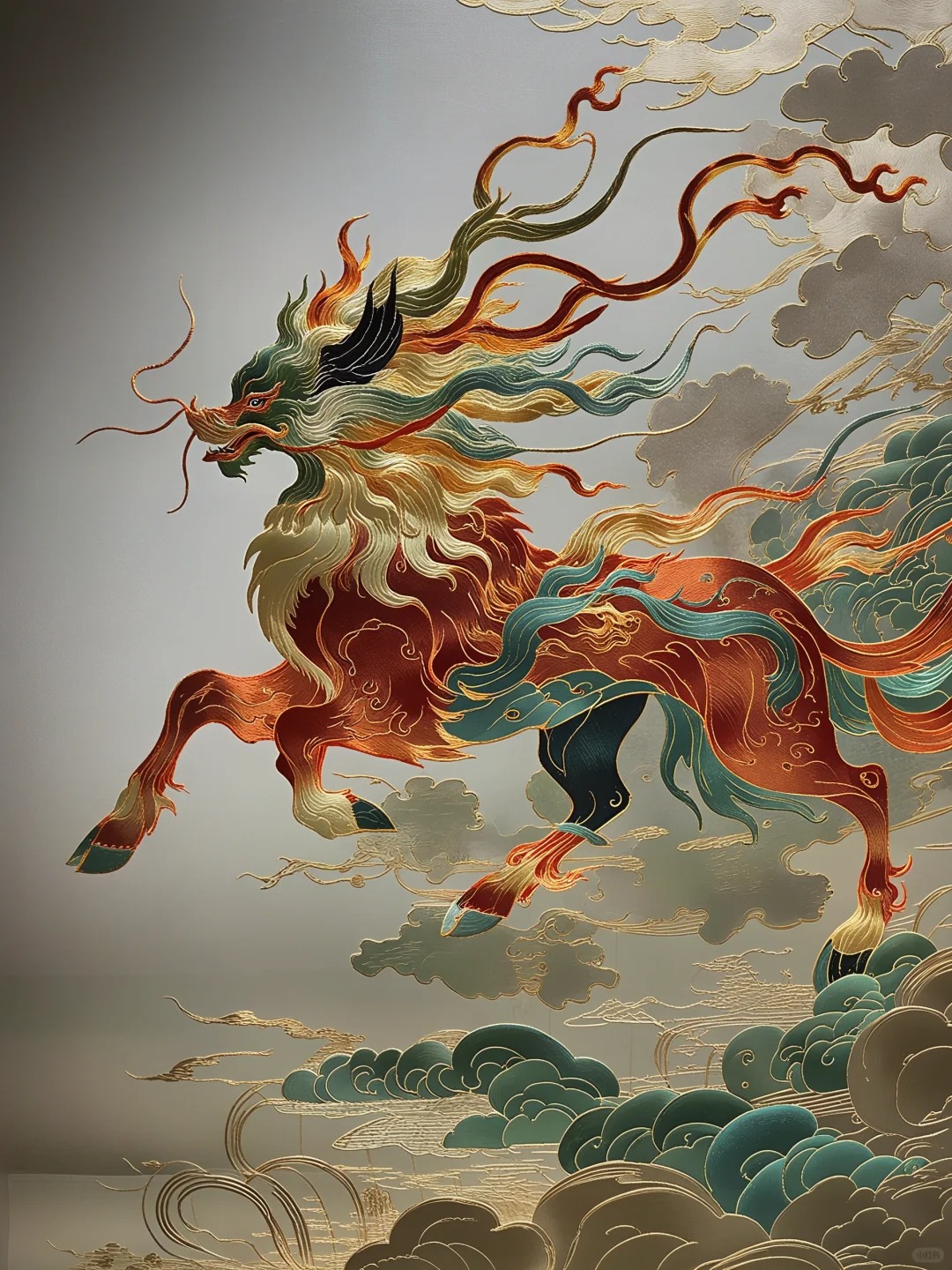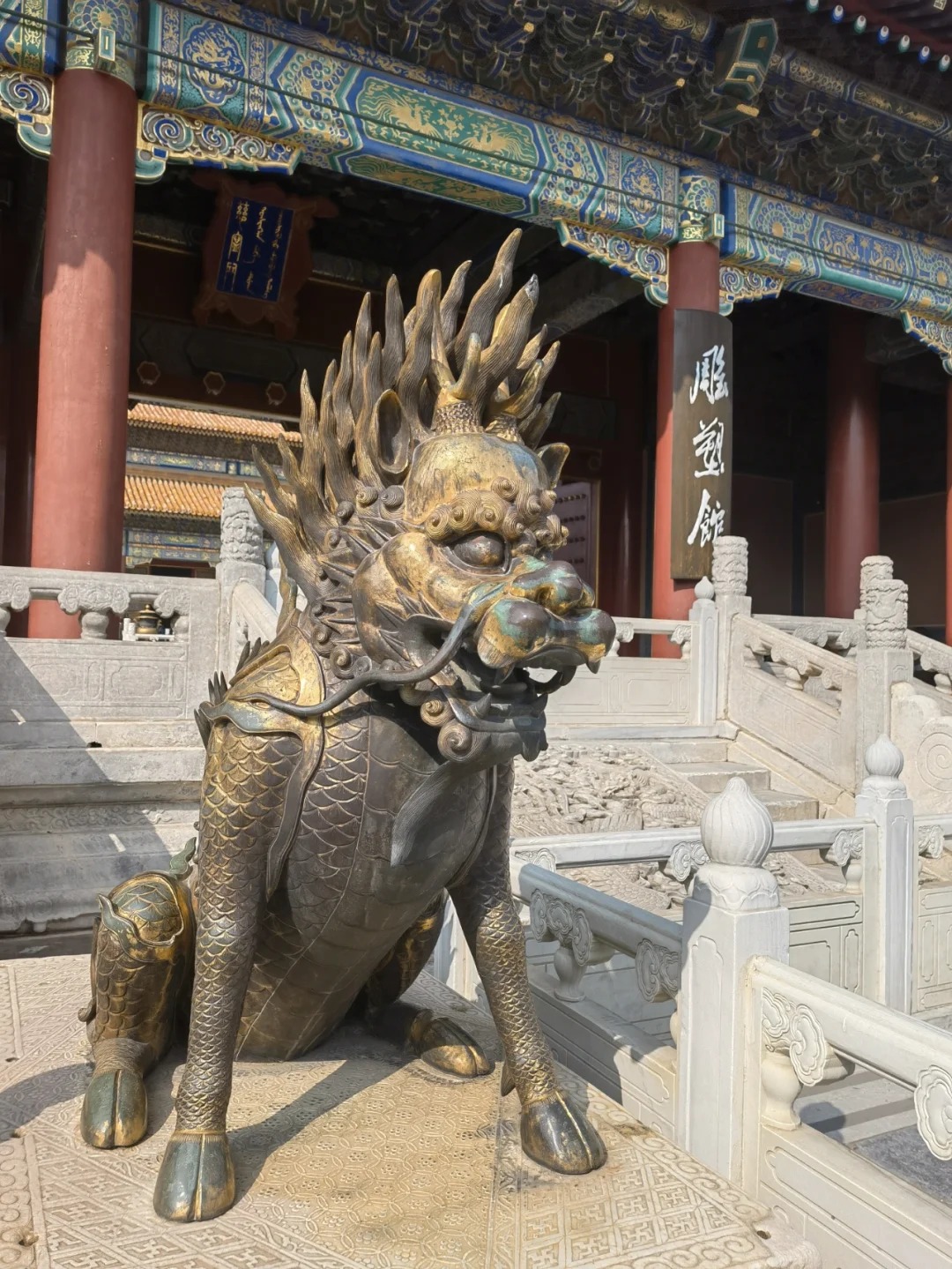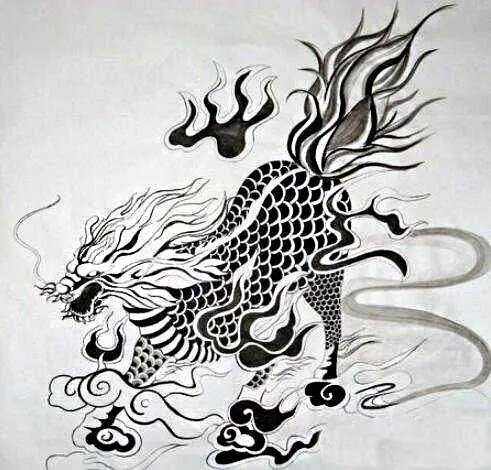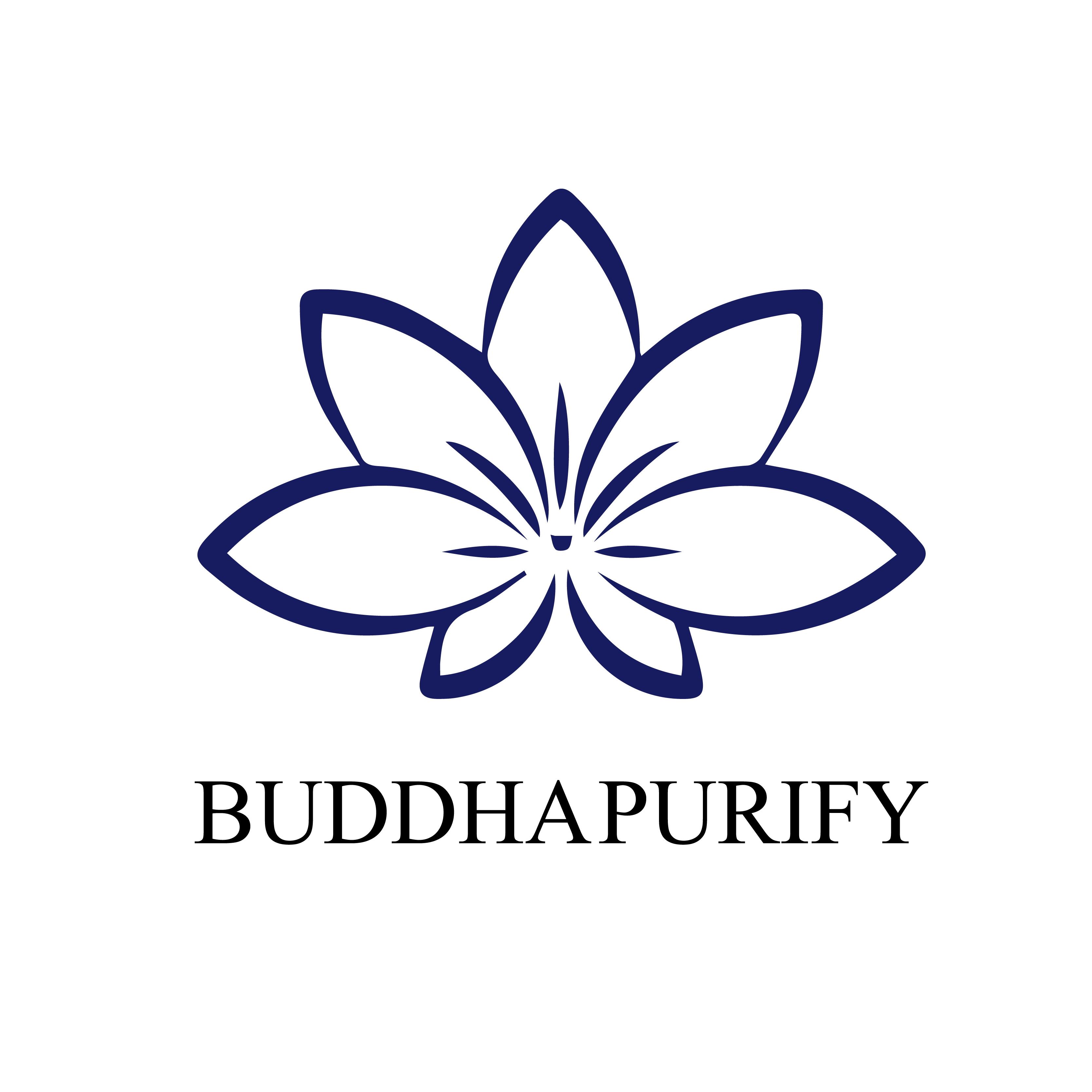Exploring the Kirin: Symbolism and Significance in Chinese Mythology
The Kirin is one of the five sacred mythical beasts in ancient Chinese mythology, alongside the Dragon, Phoenix, Turtle, and Pi Xiu. Its appearance is a combination of various animals: the head of a dragon, antlers of a deer, eyes of a lion, body of a tiger, scales of a serpent, hooves of a horse, and the tail of a cow. In ancient times, the Kirin was regarded as a divine and benevolent creature, second only to the Azure Dragon among the Four Sacred Beasts. Due to the reverence of dragons and phoenixes by emperors, the Kirin was eventually relegated to folklore, where it became a symbol of good fortune among the common people.
According to ancient texts, the Kirin has the head of a goat, the hooves of a wolf, and a rounded, colorful body standing about 4 meters tall. Other records describe its body as resembling that of a musk deer, with a dragon-like tail, dragon scales, and a single horn.
Appearance and Attributes
The Kirin’s appearance is a blend of multiple animals: it has a lion's head, deer antlers, tiger eyes, and dragon scales, with a tail resembling that of a dragon. Though it was seen as a divine beast in ancient times, the Kirin was primarily a symbol of peace and prosperity in Chinese mythology. Although fewer stories about Kirin have survived compared to other mythical creatures, it remains a beloved and respected symbol of virtue and divine favor.
Throughout history, skilled artisans have depicted the image of the Kirin in various forms, especially in bronze sculptures, making its image more tangible and accessible to people.
Historical Origins
The male Kirin is called “Qi,” and the female is called “Lin.” In ancient records, Kirin is a benevolent divine creature associated with peace and longevity. It has been used in traditional Chinese culture to represent good fortune, with its image appearing in various ornaments and home decorations, believed to bless the household with prosperity. The appearance of a Kirin is said to mark a special event or era. Notably, a Kirin is said to have appeared at both the birth and death of Confucius. The creature is thus also seen as a symbol in Confucianism.
Symbolism of the Kirin
The Kirin is regarded as an auspicious creature, symbolizing peace, longevity, and the birth of exceptional individuals. A widespread belief in Chinese folklore is that the Kirin can bless families with children. The Kirin is also seen as a protector, safeguarding homes and communities from harm.
Kirin Culture
In Chinese folklore, the Kirin is known to bring blessings and children. It was said to have foretold the birth of Confucius, a revered philosopher. This tale led to the belief that the Kirin could bring children to families, and the phrase "Kirin child" became a term of praise for gifted or virtuous children. Throughout history, the Kirin has been portrayed in various artistic forms, including wood carvings, paintings, and even embroidered on official garments of high-ranking officials.
Kirin as a Totem
Many clans and families in China adopted the Kirin as a totem, particularly the Ji family, which is said to be descended from the Yellow Emperor. The Kirin was often associated with the ruling elite, and as time passed, it became a symbol of authority, virtue, and legitimacy in governance.
The Kirin in Feng Shui
In Chinese Feng Shui, the Kirin is seen as a universal remedy for various aspects of life, such as wealth, protection, and health. It is believed that placing a Kirin statue in a home or business can enhance good fortune, promote family harmony, and ward off negative energy.
Kirin in Art and Architecture
The image of the Kirin is frequently found in ancient Chinese architecture and decorative arts. It appears in brick carvings, wood sculptures, and various architectural elements, symbolizing protection and good fortune. In addition, the Kirin was commonly used as a decorative motif in clothing, jewelry, and other personal items.
The Qilin can breathe fire, and its voice is as loud as thunder. While it is usually gentle, it becomes extremely fierce when angered. Qilin are believed to have a long lifespan, living up to 2,000 years, and they symbolize peace and longevity. In ancient times, the Qilin was regarded as a benevolent creature, with the male called "Qi" and the female "Lin." It was said that wherever a Qilin appeared, good omens followed. The Qilin was often used as a metaphor for people who were highly talented and virtuous.
In Chinese Feng Shui, the Qilin is considered an all-purpose talisman, believed to bring wealth, protect homes, dispel evil, ensure fertility, and promote academic success. Placing Qilin statues in a household is thought to enhance careers, prevent malicious behavior, shield from negative energy, and bring prosperity. The Qilin is also crafted into various ornaments, especially as protective amulets for children. These items are made from materials like gold, silver, copper, or jade, and it is a tradition to have children wear "Qilin locks" for long life and safety.
The Qilin held an important place in traditional folk art during the Warring States period and became increasingly utilized by the ruling class to promote their political ideologies. It became a symbol of thriving political power. The saying "The Qilin will appear if there is a virtuous ruler; it will not appear otherwise" reflects its role as a harbinger of good governance. Its presence was considered an auspicious sign for wise and just rulers.
Qilin culture aligns with the peaceful rise of the Chinese nation, serving as a symbol of harmony and prosperity. Studying Qilin culture is significant in understanding its connection to Confucian values, as the Qilin embodies the Confucian ideals of benevolence and tolerance. The close association between the Qilin and Confucianism also carried a political connotation, symbolizing the virtuous sage ruler. From its detailed features, like its hooves and horns, to its embodiment of kindness and dignity, the Qilin became the most revered of mythical beasts, symbolizing good fortune. Over time, its appearance evolved, particularly from the Han and Tang dynasties to the Ming and Qing periods, where it became more dragon-like and imposing, reflecting the transformation of single-horned mythical creatures across Chinese history.
Conclusion
The Kirin, with its deep cultural significance, is one of the most revered mythical creatures in Chinese folklore. Its symbolism of peace, virtue, and prosperity has made it a beloved figure in Chinese culture, embodying the hopes and aspirations of the people. Its enduring presence in art, architecture, and daily life reflects its importance in the cultural and spiritual landscape of China.
Brand Introduction: BuddhaPurify
BuddhaPurify is a brand deeply rooted in the rich heritage of Chinese traditional culture and Buddhist practices. Our mission is to offer a unique blend of ancient wisdom and modern elegance through our products, which are designed to enhance spiritual well-being, personal growth, and holistic health.
Foundation and Philosophy
Inspired by the timeless teachings of Buddhism and the profound traditions of Chinese culture, BuddhaPurify is dedicated to providing products that reflect the serene and enlightened aspects of these ancient philosophies. Our brand is built on the principles of mindfulness, purity, and spiritual harmony, aiming to bring balance and tranquility to our customers' lives.
Cultural Enrichment
We believe in the power of cultural enrichment and strive to educate and inspire our customers through the stories and meanings behind our products. Our brand seeks to bridge the gap between traditional spiritual practices and contemporary life, offering products that resonate with both ancient wisdom and modern sensibilities.
Conclusion
BuddhaPurify is more than just a brand; it is a journey into the heart of Chinese traditional culture and Buddhist spirituality. Through our thoughtfully curated products, we aim to support your quest for inner peace, spiritual growth, and a balanced life. Explore our collection and experience the harmonious blend of tradition and tranquility that defines BuddhaPurify.





